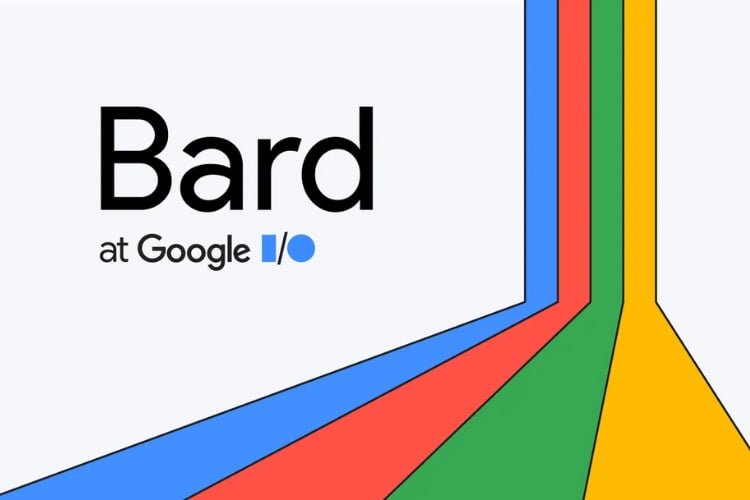When Google Bard, the AI chatbot developed by Mountain Valley giant Google, was initially released, it failed to meet expectations and even faced criticism for plagiarizing content in a Google Bard vs ChatGPT comparison. However, at the Google I/O 2023 developer conference, Google unveiled the revamped Google Bard AI, packed with numerous new features that have quickly turned the tables. Let’s delve into the details of these remarkable improvements.
1. Google Bard Powered by PaLM 2
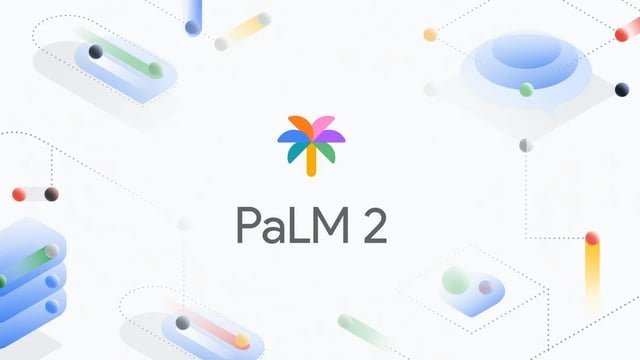
Google Bard has undergone a significant transformation by shifting from LaMDA to PaLM 2 as its underlying language model. PaLM 2 is Google’s next-generation language model, offering enhanced reasoning and coding capabilities. With a wide-ranging dataset that includes scientific papers and mathematical expressions, PaLM 2 excels at complex logical reasoning and solving mathematical problems. Furthermore, PaLM 2 is faster, resulting in quicker replies from Google Bard.
2. Intelligent Image Reading
While not multimodal like OpenAI’s GPT-4 LLM, Google Bard now possesses the ability to intelligently read and respond to images. This is made possible by the integration of Google Lens, the company’s image recognition technology, directly into Bard. Google showcased this feature by feeding an image of two dogs to Bard and asking it to generate a funny caption. Bard swiftly analyzed the image and provided creative captions, showcasing its image recognition capabilities.
3. Built-in Image Generator
Google is bringing a built-in image generator into Bard, similar to Microsoft’s Bing AI Image Creator. By integrating Adobe Firefly’s generative AI models into Bard, users can seamlessly create AI-generated art without leaving the chat interface. Bard will be able to generate high-quality images on the fly, allowing users to request specific images through prompts and receive outputs from Adobe Firefly. These images can be further edited or imported into Adobe Express for additional modifications.
4. Enhanced Visual Responses
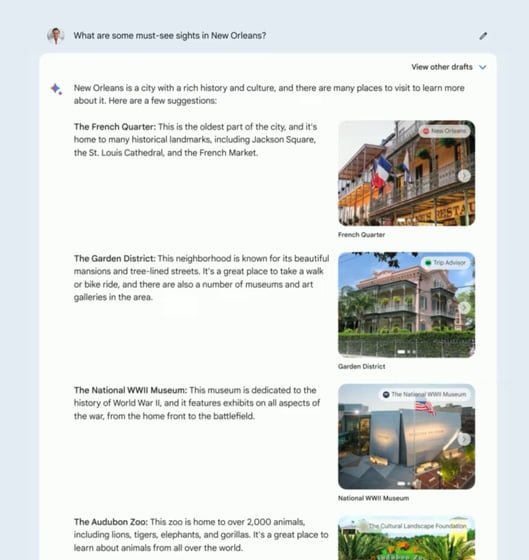
Following in the footsteps of Microsoft Bing AI Chat, Google Bard is now empowered with visual responses. When users pose queries, Bard utilizes Google Search to provide relevant visual context along with text results. These combined results are displayed within the chat interface, offering users a better understanding of the information. While not yet live, image insertion in Bard will soon be available, enhancing the visual experience. This feature will also extend to Google Search with the introduction of the “Generative AI” feature.
5. Integration with Google Services
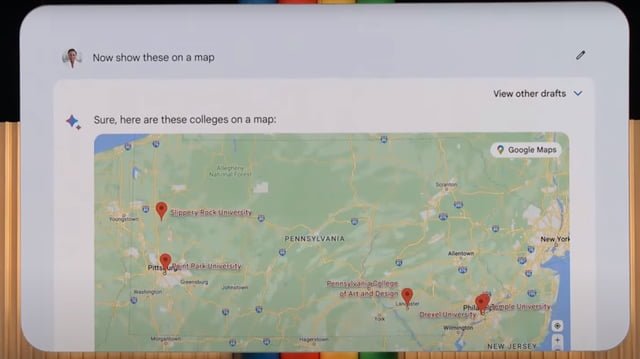
To streamline workflows and enhance user experience, Google is integrating Bard with various services such as Google Sheets, Docs, and Maps. This integration allows Bard to work seamlessly with these services, offering a wide array of new features. For example, users can ask Bard to find college programs based on their interests, and Bard can display the results on a map using Google Maps. Additionally, Bard can create organized tables with various columns and export them directly to Google Sheets while maintaining formatting.
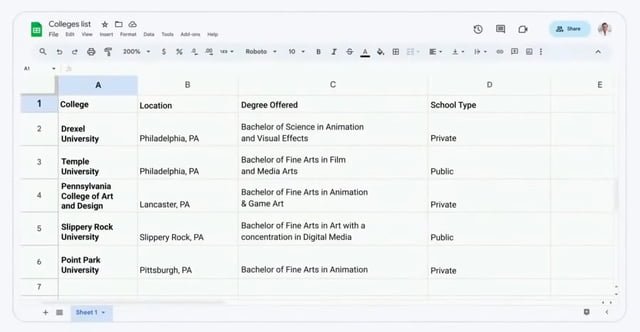
6. Bard Tools (Plugins)
Google is not only integrating its services but also partnering with external companies to bring plugin experiences to Bard. Similar to OpenAI’s ChatGPT, Bard will support plugins from partner companies such as Kayak, Spotify, OpenTable, ZipRecruiter, Instacart, Wolfram, and Khan Academy. These partnerships will unlock additional capabilities and expand Bard’s functionalities, enabling educational, productivity, and leisure experiences.
7. Coding Capabilities
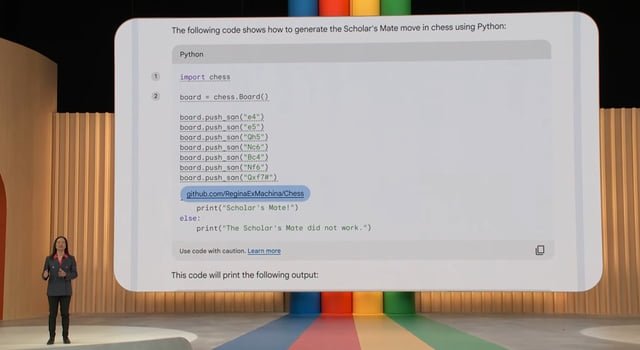
One of the notable shortcomings of the earlier version of Google Bard was its inability to handle coding requests effectively. However, with the revamped version, Bard now offers a range of programming features. Users can rely on Bard to generate, debug, and explain code seamlessly. Demonstrating this at Google I/O, Bard generated the “Scholar’s Mate move in Chess” using Python and provided an in-depth explanation. Bard supports over 20 programming languages and allows users to export their code to platforms like Google Colab or Replit for further execution.
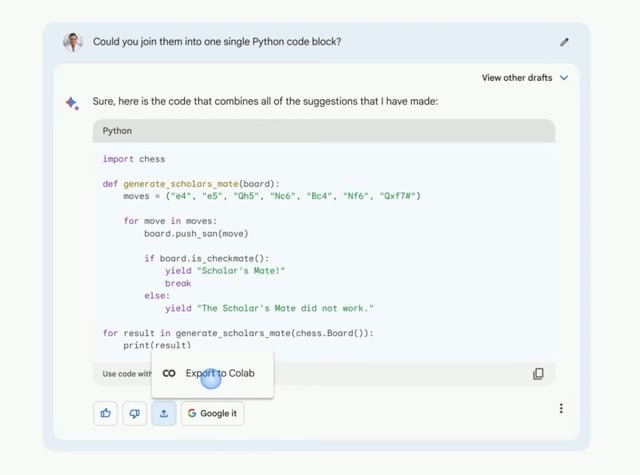
8. Multiple Drafts for Varied Responses
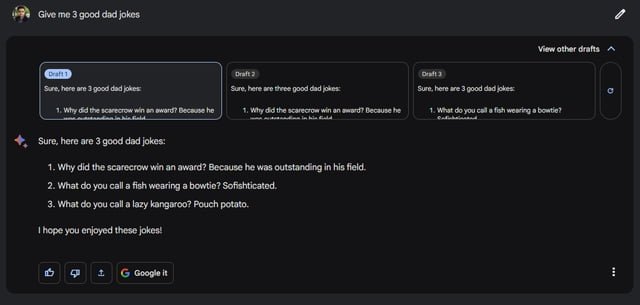
Google Bard stands out from ChatGPT with its unique feature called drafts. When users pose a query to Bard, it automatically generates three different versions of the answer, providing diverse responses. This allows users to choose the most suitable response or mix and match elements from multiple drafts to obtain the desired answer. Drafts are created effortlessly by Bard, eliminating the need for additional steps.
9. Support for Extended Languages
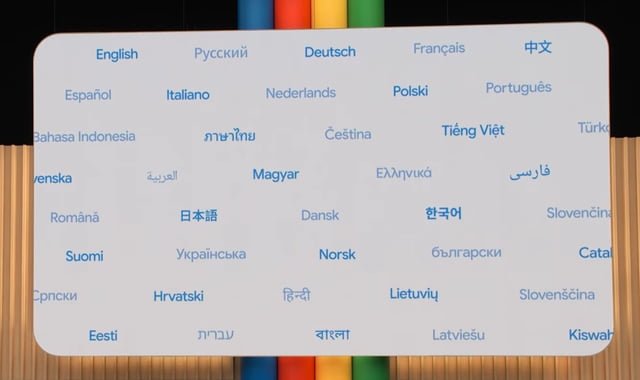
In a significant move, Google Bard is expanding its language support beyond the capabilities of OpenAI’s GPT-4 LLM. Bard will soon support more than 40 languages, enabling users worldwide to engage with the AI bot in their preferred language. Google specifically mentioned support for conversing in Japanese and Korean, broadening Bard’s multilingual capabilities and fostering global accessibility.
10. Exporting Bard Chats with Ease
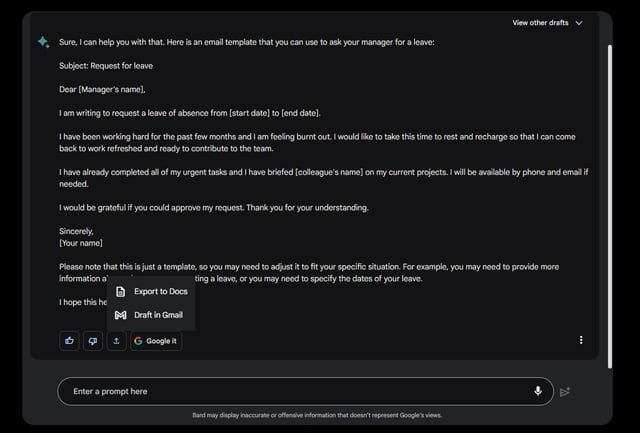
To simplify the process of saving and sharing conversations, Google Bard now offers a convenient export feature. Users can export their Bard conversations directly to services like Google Docs and Gmail with a single click. This feature streamlines workflows, allowing users to quickly share AI-generated outputs.
11. Dark Mode for Enhanced User Experience
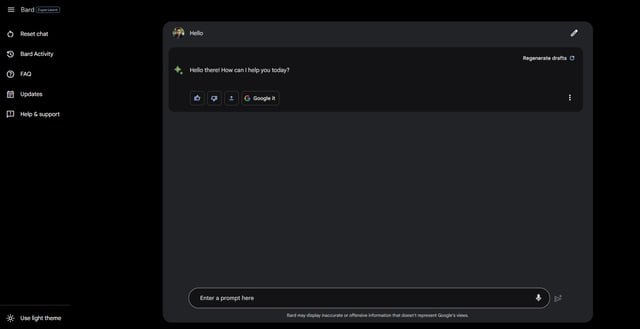
To cater to user preferences, Google Bard introduces a visually appealing dark mode. By clicking the dark theme button in the bottom-left sidebar, users can switch to the new dark mode, which enhances readability and offers a refreshing visual aesthetic.
Conclusion
The revamped Google Bard AI chatbot has undergone significant improvements and introduces a range of exciting features. Powered by PaLM 2, Bard possesses enhanced reasoning and coding capabilities, as well as the ability to read and respond to images intelligently. With a built-in image generator, support for visual responses, integration with Google services and external plugins, coding capabilities, multilingual support, easy chat export options, and a sleek dark mode, Google Bard has become a formidable AI chatbot offering a comprehensive and versatile user experience.



